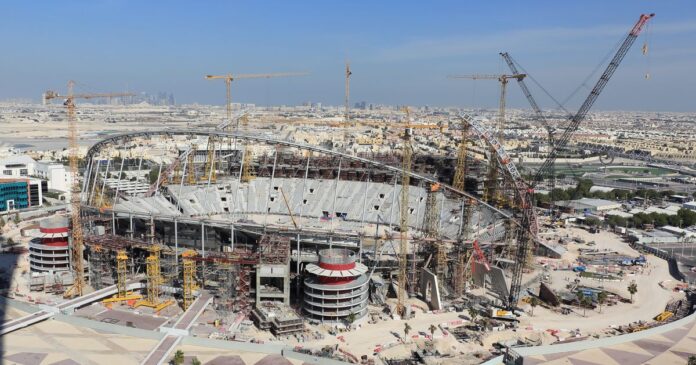Qatar has spent an estimated £175billion to host the World Cup and the colossal expenditure has brought vast construction projects, seven new stadiums – and criticism
There were so many fundamental questions swirling around Qatar’s successful bid to host the 2022 World Cup that the tournament’s environmental impact came quite some way down the list.
Back in October 2010, when Sepp Blatter made that fateful announcement, there were many more pressing concerns. How did Qatar win the FIFA executive committee vote in the first place? How can a Middle Eastern country host a football tournament in the summer? How can a country of 4,479 square miles cope with the influx of 1.5million visitors? How can Qatar build all the infrastructure required?
The answer to many of the aforementioned questions was simple: money. The oil-rich state was willing and able to pay. Conservative estimates from Qatari officials say the country has forked out around $200billion (£175bn) to host this World Cup.
The vast majority of that colossal figure has been spent on construction. The country has needed to build hotels, roads, public spaces, transport systems and stadiums. Doing all of those things are necessary â but they also have a sizeable impact on the environment.


